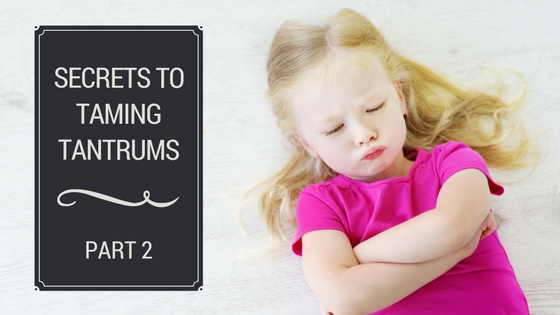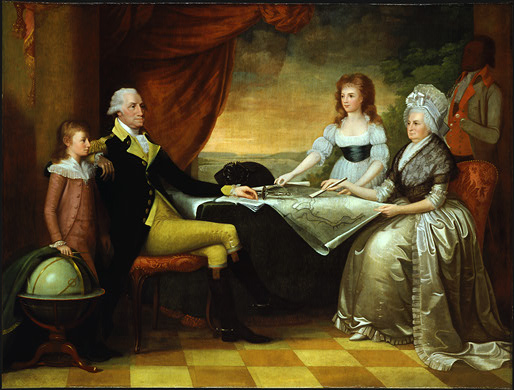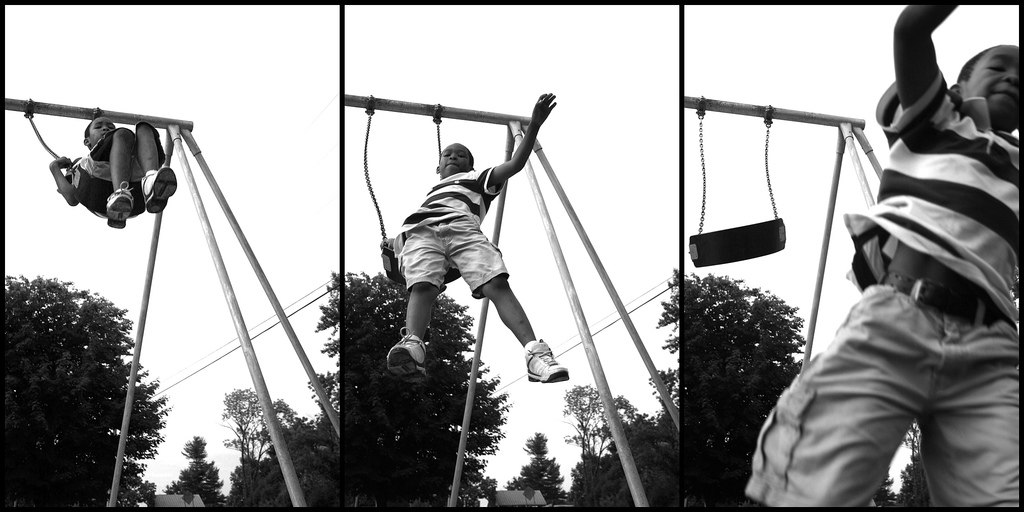You might say it’s a child having…
A tantrum
A melt down
Big feelings
Getting to the end of their rope
Flipping their lid.
Whatever you call it, we’ve all experienced it. Every parent struggles, at one point or another, with helping their child through an upset.
For little people, life can be full of upsets. It’s time for bed and he’s not done playing. You’re all out of her favorite food. Her favorite outfit is in the wash. His friends don’t want him on their team.
What does a compassionate parent do when a child has gotten to the end of his rope?
In the blog this week, we’ll reveal 4 gentle steps to tame tantrums quickly, teach calming skills, and decrease the likelihood of it happening again.
These steps work for kids of any age who are overwhelmed with their emotions.
This is Part 2 of Secrets to Taming Tantrums. If you haven’t already, click here to read Part 1 about the “inner work” a parent must do to stay calm during a child’s upset.
Speak his language–the language of the emotional brain
When kids are triggered the emotional parts of their brain are activated; not the parts responsible for understanding verbal language. So, it’s hard for an upset kid to process what someone else is saying. Kids’ brains are better at processing non-verbal messages during an upset–like a supportive tone of voice, your quiet reassuring presence, a concerned facial expression, a back rub, offering a hug, etc.–because that is language of the emotional brain.
Offering a child a physical way to express himself can be helpful. “Show me how upset you are with these.” (Hand him paper and crayons.) “Push your hands against mine.” (Put your hands up in front of your chest for her to push against.) “You can stomp your feet or push against the wall to show me how sad you are.”
When you speak, say simple things like “Oh”, “Hmmm”, “I see” and “Tell me more” to create a safe space for your child to express himself fully, be seen, and be understood without judgement. You don’t have to even get the problem solved for a child to feel understood. The most important thing is that you listen.
Talk to him about his feelings
Drs. Siegel and Bryson talk about “Name it to tame it” in the Whole Brain Child. Helping a child tell the story of what is upsetting her helps her feel more in control of her feelings and connect both sides of her brain.
With a young child you can narrate the story for him. “You were trying pour the milk, but it spilled on the ground.” “You want to play more at the park, and you don’t want me to say it’s time to leave.” You (or your child) can even draw a picture telling the story or make a short simple book of what happened and how she felt.
You can even act out what happened… with your whole body, or with puppets, dolls, or just your hands. You might even be able to use humor.
Protect and Redirect
If you are concerned that your child might hurt himself, another person, or damage something, you may need to act protectively, while also helping a child express her feelings. When you act protectively, use non-judgemental language. We want kids to know that all of their feelings are ok; we are helping kids learn to express their feelings in appropriate ways.
Here are some examples: “I know you are mad, I’m not willing for you to hit me. You can push against my hands.” “Biting hurts, let’s jump up and down together instead, see if we can crack the cement.” “I’m going to move this chair so your arms won’t hit it. Want to give your bear a big squeeze?”
Be Proactive, rather than Reactive
After a child has calmed down–hours or even days later–don’t be afraid to talk to them about what happened and come up with a plan for next time. We call these “proactive conversations”.
Choose a time when you are not rushed; you and your child are relaxed and connected. Tell the story about what happened, without shame or judgement, and then talk about what you could both do to make it easier next time.
Here are some examples: “This morning you had so much fun at the park. You played on the swings, the slide, dug in the sand. You were sad when I said it was time to go. What can we do so it’s easier to leave the park?”
“When we were all together in the car there was a disagreement about who got to sit in the front. What can we do so that there isn’t an argument about that next time?”
Ask the kids about what solutions they have first. Then–if they can’t think of anything–offer some of your own. Find a win-win solution that works for everyone.
The solution can be silly or serious, creative or common sense. Your solution might work immediately. Or it might need more tweaking and adjustment as your kids change, you change, and your family’s needs change. The point of this process is to find a solution AND to signal to the child that we are both on the same team, and she can play a powerful role in shaping her world!
Now we are curious about you! What one new thing are you going to do next time your child has a upset? Share it below, it will help you remember it, and will inspire others. We read every comment!










My son is locked in a very singular mindset, especially at these times but generally too. As a result, he is unwilling to discuss anything other than what he wants and will even talk over you if he isn’t hearing what he wants to hear to blot you out. I know how this sounds, and I dislike it, but hand-on-my-heart he absolutely will not allow us to talk to him unless we raise our voices over his. Leaving him to calm down doesn’t work either, as he is incredibly stubborn and will continue his behaviour for an incredibly long time, even escalating to being destructive or purposely distracting to gain attention. His mum will often bribe him into behaving better, which I am not a fan of at all, and I feel as if he expects that he should have his own way all the time. Various methods and techniques I’ve tried over the years have failed, and I feel his resilience has gotten stronger, to the point of anger and aggression, a true battle of wills. He seems to have no grasp of boundaries, enjoys aggravating a situation yet firmly believes he does not deserve to be pulled up on his behaviour. I love my son very much, but he is truly exhausting, and I feel incredibly disheartened that I cannot instil good values in him sometimes.
Chris, this sounds tough. Have the techniques in the blog post been helpful? You can wait until he’s done, just be present with him and protect him from hurting himself. Then when he’s calmer talk to him about how he felt. Only after the child has expressed all his feelings, do I try to problem solve with the child or present my perspective.
My 3.5 year old is dealing with lots of emotions around having a baby brother. It has become most intense now that he crawls and gets into her stuff & he’s very cute & gets attention for that. She is asking to be “little again” & wants to wear a pull-up after being dry day & night for over 3 months. At first I was letting her pretend to be a baby but this has gone on for over a few weeks & I wasn’t prepared to let her regress to wearing diapers again! I practice compassionate parenting, am home with the kids full time & she gets lots of attention. We play together one on one for at least an hour in the morning when the baby naps & I feel that I am doing all I can to let her know we love her just as much as the baby. Her frustration & tantrums are insane over this issue. I know regression is common. Any advice or articles available to work through this with empathy?
It’s great that you are doing one-on-one time with her and attending to her emotional needs so much. It hard to know exactly what to do, but I would start by having conversations about what it’s like to be a big sister to understand her perspective. “What’s the best thing about being a big sister? What is the hardest thing? Am I the same kind of mommy or am I different now? How?” Getting books from the library about being a big sister can also help facilitate the conversation. Asking questions about, “How do you feel when this [thing in the book] happens to you?”
Wow! Today we had some conversations about being a big sister & then got books from the library and had more conversations! Not sure if it was a happy coincidence but first tantrum free day in ages. Thank you!
Awesome! Soak it in!
With very young children you may have guess what they are feeling. Even parents of infants can do this “Oh you don’t want me to change your diaper, you are saying its too cold here. I’ll get your clothes on soon and then you will be warm again.” With toddlers, talking to them about their feelings is a wonderful learning opportunity. If they can’t come up with suggestions to solve the problem, you can suggest ideas of your own. You become your child’s partner and his emotional coach. You both get to be on the same team!
Monica, hugs to you, this sounds tough. You’ve done a lot of great things already and I assure you that you are further along in helping her than you feel. Did you read Part 1 of Taming Tantrums? That could help. But also perhaps try to have simple pro-active conversation with her about the thing that most commonly triggers a tantrum. Something like, “I’ve noticed that you get sad when I say it’s time to brush teeth. We need to keep your teeth clean, but what can we do so it’s easier?” See if you can problem solve with her.
Thank you, very much for your response. I did read part 1, and will try your suggestion. Enjoy your weekend!
You’re welcome!
Hi Monica, I also have a very “spirited” daughter. We have had so many challenges & tantrums galore! Have you read Deborah Macnamara’s book “Rest, Play,Grow” (she also has a great blog). This book has been a game changer for me.
Hi Lydia, I have not read that book, thank you so much for sharing! I am currently reading Laura Markham’s “Peaceful parent happy child”, and I also look at her website “Aha Parenting” which has helped. Thanks again, and good luck :)
Next time I hear, “It’s not fair”, instead of my usual explanation of how opportunties may not be even in the same day, and that fairness happens over time, I will start by validating that frustrating feeling. Then I’ll start a discussion of what my child thinks we can do about it and offer the charted timeline continuum of how opportunities become fair and even throughout a week or a month. This will help them feel validated, have some control, and see it in real life action. I hope both of my kids also find resolution in the idea of how things even out to become fair as each child is interested in different things.
Awesome, Michelle. You might even find that just by validating their feelings that you don’t have to do anything additional. You don’t even need to solve the problem for a child to start calming, as long as they know you understand them and the problem, often kids will calm all on their own!